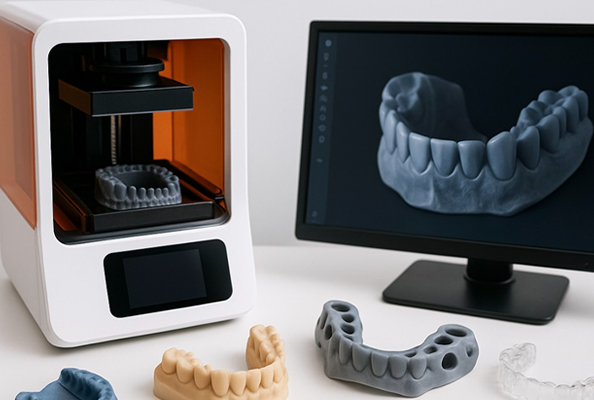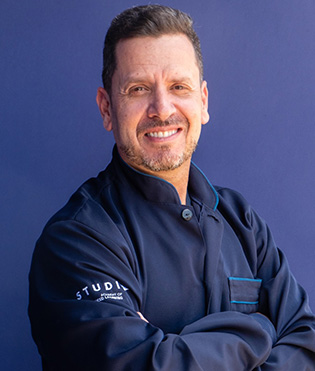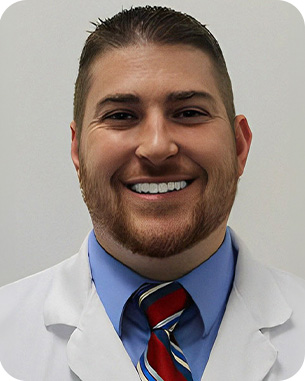The world of dentistry has been transformed by digital technologies, and one of the most exciting innovations is 3D printing. This technology is reshaping restorative and surgical procedures, enabling greater precision, faster workflows, and better patient outcomes.
For trained dentists, integrating 3D printing into clinical practice can enhance results, streamline operations, and elevate the patient experience. This article explores how 3D printing in dentistry evolves from concept to clinical application—and why it’s becoming an essential part of modern practice.
What is 3D Printing in Dentistry?
Also known as additive manufacturing, 3D printing builds objects layer by layer from digital models. In dentistry, printers use biocompatible materials such as resin, ceramics, or metals to fabricate everything from restorations to surgical guides.
Digital workflow overview:
- Scanning the patient’s mouth (intraoral or traditional impressions)
- Designing in CAD software
- Printing the restoration or appliance
- Post-processing (curing, polishing, etc.)
From Concept to Clinical Application
1. Creating Restorations: Crowns, Bridges, and Veneers
3D printing simplifies and accelerates the fabrication of crowns, bridges, and veneers.
- Speed: Reduces production time and appointments
- Precision: Achieves micron-level fit, minimizing post-placement adjustments
- Customization: Restorations are tailored to the patient’s digital scan
Clinical application: A 3D-printed crown can be delivered in the same appointment, reducing patient discomfort and lab delays.
2. Custom Surgical Guides
For implant procedures, 3D-printed surgical guides ensure optimal placement and safer outcomes.
- Accuracy: Guides derived from CBCT and scans minimize risk
- Efficiency: Faster production than traditional methods
- Personalization: Designed specifically for each patient’s anatomy
Clinical application: A custom guide helps position implants with precision and minimal tissue disruption, improving healing and success rates.
3. Dental Prosthetics: Dentures and Partials
3D printing modernizes denture fabrication, making it faster, more affordable, and more accurate.
- Faster Production: Some cases allow same-day dentures
- Customization: Digital designs enable detailed personalization
- Comfort: Better fit means improved patient function and satisfaction
Clinical application: A digitally designed denture offers enhanced comfort and esthetics without traditional wax try-ins or long turnaround times.

Get full access to this article, many others published weekly, and a library of exclusive resources by becoming an ADI MEMBER today. Stay informed, expand your knowledge, and connect with leading professionals in dentistry.
Already a member? Login Now













